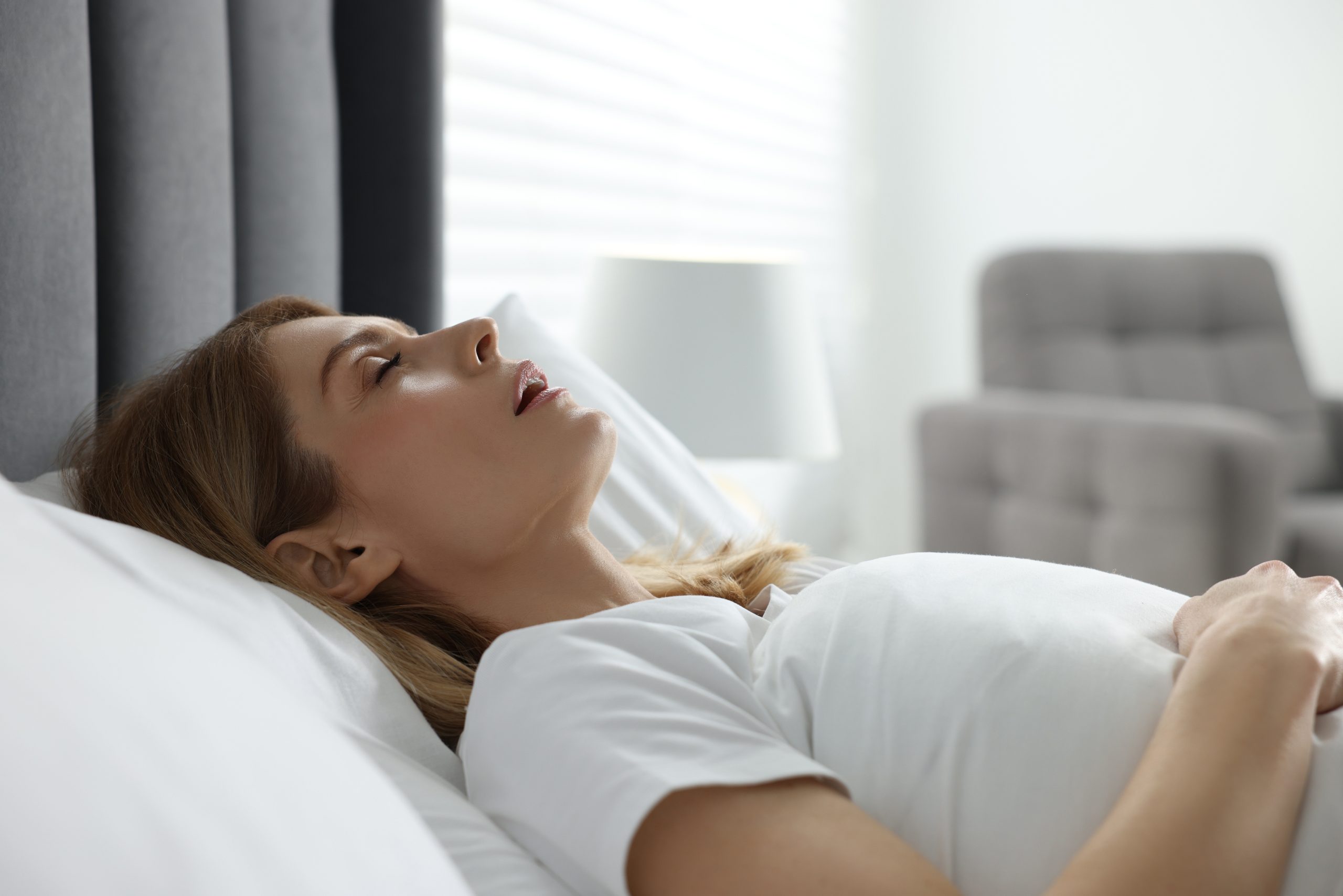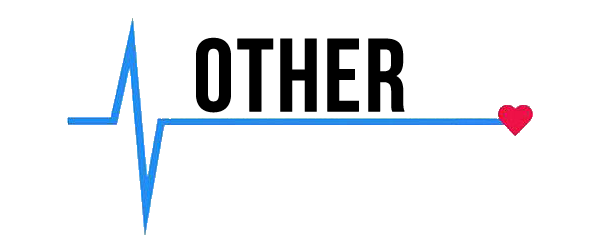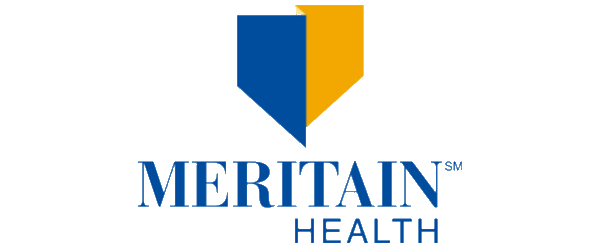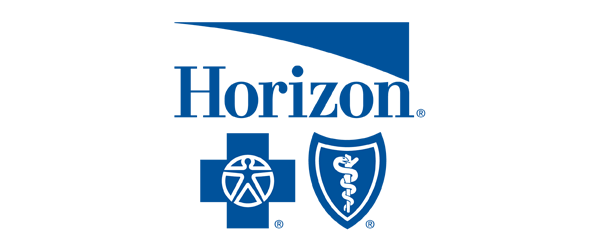The medical community still frames sleep apnea as a male disorder, overlooking today’s mouth guard for sleep apnea, an effective solution for women.
There is compelling evidence highlighting effective treatment pathways when ladies are under stress or post-menopause. Symptoms can look different than in men, with many doctors missing the signs in women, often leading to misdiagnoses.
A sleep apnea mouth guard, known as a Mandibular Advancement Device (MAD), is giving hope to those searching for answers; it’s not just about better sleep, but about protecting women’s hearts. This treatment offers a simple fix—no machines, no noise—and many women feel healthier and more in control once they start.
Things get tricky because women’s sleep apnea often hides behind other issues like mood swings and fatigue, which people typically chalk up to hormones or anxiety. The real danger sits in how sleep apnea affects women’s bodies: hormones shift, airway shape changes, hearts work overtime, and the risks pile up.
These jaw devices are becoming a lifeline, especially since busy lives leave little time for bulky machines. A custom mouth guard is easy, quiet, and fits into daily routines, which, for many women, means a real shot at feeling better fast.
We need to talk more about how sleep apnea plays out for women, as missing the signs leads to bigger problems down the road. Since everyone deserves care that pays attention to their real risks, and because hearts matter, getting the right help can change everything.
“Men and women affected by OSAS often have similar comorbidities, but with different nuances,” states the Italian Society of Internal Medicine (SIMI) in Science Direct. “OSAS are the clinical expression of a complex cardiometabolic decompensation. In the presence of hypertension disorders resistant to therapy, metabolic syndrome and visceral obesity, OSAS should always be suspected and investigated, especially in post-menopausal women.”
It adds: “Undoubtedly, reducing body weight and the adoption of a healthier lifestyle have been demonstrated efficacious in CV risk reduction.”
Endocrine Anatomy and Today’s Mouth Guard for Sleep Apnea
Before menopause, a woman’s natural progesterone bolsters tongue muscle tone, offering an airway-clearing advantage that can be optimally supplemented with a mouth guard for sleep apnea.
Thanks to this mechanism, women get extra protection against blocked airways.
- The Postmenopausal Cliff: After menopause, hormone levels drop hard, and that sudden shift strips away a layer of protection, causing OSAS cases to soar in women and close the gap with men. Fat starts piling up around the organs, not just on hips or thighs, and this kind triggers more inflammation, making breathing tougher and health risks climb.
- Anatomical Differences: Researchers have found women often have a more recessed lower jaw, a trait that suggests MAD therapy could work especially well for them because the device targets the specific jaw structure and offers relief.
Atypical Symptoms in Women are Different
Prescribing a mouth guard for sleep apnea is something clinicians eventually stumble upon. Many often fail to diagnose Obstructive Sleep Apnea Syndrome (OSAS) in female patients because the symptoms present atypically, manifesting as morning headaches, low mood, or pervasive fatigue.
This delays the initiation of targeted, simple treatments. These vague issues point doctors toward stress or depression, which leads to prescriptions for sleeping pills or antidepressants while the real problem goes unchecked.
The common test for sleep apnea, Apnea-Hypopnea Index or AHI, works better for spotting symptoms in men because women usually have lighter, more broken sleep with lots of tiny breathing problems, not the big oxygen drops men show. Because the numbers on the test don’t tell the whole story, this mistake can hide how much their hearts are at risk, representing a big gap in care that needs attention.
Researchers are discovering a wide range of gender differences in cardiovascular disease, from how the heart’s cells function and the structure of the circulatory system, to the symptoms patients experience and the best treatments. A heart attack in a woman often presents differently than the classic, chest-clutching scene typically associated with men.
Mouth Guard for Sleep Apnea and the Cardiovascular Connection
Women are more likely to experience diffuse pain in areas like the jaw, neck, arm, back, and stomach, symptoms that are easily dismissed and don’t clearly signal an emergency requiring a 911 call.
“Even where in the body a heart attack blocks blood flow is different: Microvessels in women get jammed, but it’s the larger arteries in men that starve the heart of oxygen,” states Stat News. “The number and function of muscle cells in the heart differ, too. Women’s hearts have more cardiomyocytes than men, and their fuel tends to be more fatty acids as opposed to the sugars that male muscle cells prefer to burn, new research reveals. All these differences have implications for diagnosis and treatment of cardiovascular disease.”
| Efficacy and Benefit | CPAP: The Gold Standard | Custom MAD: The Strategic Choice |
| AHI Reduction Efficacy | Superior in absolute AHI reduction (complete resolution rates up to 75% in some trials). | Generally lower AHI reduction (50% success rate). |
| Adherence/Effectiveness | High efficacy often offset by poor adherence (46% to 83% failure rates due to discomfort/claustrophobia). | Higher Adherence: Patients use MAD for 1 more night per week and nearly 2 hours longer per night, leading to CV outcome equivalence. |
| Cardiovascular Benefit | Comparable to MAD when adherence is high. | Statistically Non-Inferior to CPAP for 24-hour blood pressure reduction. Unique ability to restore the nocturnal BP dip. |
| Patient Experience | Loud, cumbersome, travel-prohibitive. | Quiet, comfortable, easy to travel with. Leads to reported improvements in migraines, concentration, and energy. |
The OSAS-HFpEF Axis: A Target for the Mouth
The major, hidden cardiac danger posed by the link between OSAS and Heart Failure with Preserved Ejection Fraction (HFpEF) makes using a mouth guard for sleep apnea a required component of early intervention. This is especially true for older women.
This hidden connection deserves more attention than the general heart disease most people talk about, as the oversight leaves many women at risk.
- Dose-Response Evidence: The Women’s Health Initiative found a link between common OSAS risk factors and HFpEF, showing that snoring, high blood pressure, and disrupted sleep each raised the risk. This pattern remained true even after accounting for HFrEF, with the likelihood of developing HFpEF increasing with the number of risk factors present.
- The Mechanism of Damage: OSAS messes with breathing, leading to intermittent dropping oxygen levels that cause the heart to race for long periods due to stress. Over time, the heart changes shape, especially the left side, becoming thick and stiff and making it harder for the heart to relax and take in blood.
- The Therapeutic Bridge: Custom MADs act as a therapeutic bridge by helping the heart work better and making blood vessels healthier. These devices keep airways steady, which eases the body’s stress reaction from low oxygen at night and blocks the main trigger behind a certain type of heart failure.
Oral Appliance Therapy (OAT) comes first for mild or moderate sleep apnea, though people with severe cases who can’t use CPAP or want an alternative often turn to it too.
While OAT is the standard first-line treatment for mild or moderate sleep apnea, it serves as a robust and highly successful alternative for patients with severe cases who cannot tolerate CPAP, particularly when a custom-fitted mouth guard for sleep apnea is used. Because MAD therapy works especially well for high-risk women, most stick with it, which makes a real difference.
MAD really makes a difference for women with unusual symptoms. Many women report their morning migraines disappeared after starting treatment, while others talk about feeling more alive, less tired, and more hopeful. The fear of future heart problems seems to drive most users to keep using it, but comfort stands out as a big reason people actually stick with MAD.
Overall, long-term and consistent treatment is needed to keep the heart safe.
Personalized OAT and a Mouth Guard for Sleep Apnea
Achieving the maximum therapeutic benefit for a patient demands that nay custom Mandibular Advancement Device (MAD) process prioritizes accuracy during every step of fitting a mouth guard for sleep apnea.
Each patient gets fitted based on their unique needs, and the staff double-checks for any possible issues, ensuring mistakes rarely slip through thanks to this careful approach:
- Seeing a dentist skilled in dental sleep medicine is important. Consulting with a dentist skilled in dental sleep medicine isn’t optional because the fitting and management of custom MADs demand real expertise. Precise adjustments make a huge difference by expanding the airway to boost airflow, and a trained dentist can spot early reactions like excessive saliva or sore jaws.
- Tracking progress goes way beyond what patients normally think. Tracking progress goes way beyond just asking how you feel, as some new devices have built-in micro-recorders that provide hard data. This means doctors no longer need to depend only on your memory or honesty, allowing them to spot health issues much faster.
- Checkups don’t stop after the first fitting. Checkups don’t stop after the first fitting, and the AADSM recommends everyone get a follow-up sleep study to confirm the device actually helps. From there, you’ll need yearly visits with both your dentist and sleep specialist, which keeps the device working right, catches any changes in your health early, and makes a real difference for people tackling sleep apnea.
Gone are the days of generic sleep medicine. Women face their own set of health challenges, shaped largely by hormones and biology, and that deserves real attention. The era of one-size-fits-all sleep medicine is over, as women require care that acknowledges their distinct hormonal and biological framework, making effective, individualized tools like a mouth guard for sleep apnea necessary.
For sleep apnea, oral appliances now offer a solid option that fits better, feels more comfortable, and gets results. You should speak up for care that fits you, choose a path that acknowledges your experience, and supports your heart health.
Mild Sleep Loss Can Trigger Heart Disease Risk in Women
Even a small reduction in sleep quality can profoundly harm women’s cardiovascular health, leading to early signs of disease and showing why intervention with a mouth guard for sleep apnea is necessary. Even those getting a full night’s rest aren’t always in the clear if the quality is poor.
One experiment put this theory to the test: healthy women who slept about ninety minutes less than normal each night for a few weeks found their blood vessels started to struggle. Specifically, the inner lining couldn’t work right, a change that’s one of the earliest signs of future trouble.
Researchers found two major problems causing this: first, an increase in oxidative stress, meaning unstable molecules (free radicals) pile up and overwhelm the body’s defenses. Second, inflammation fires up inside blood vessels, proven when a main inflammatory protein switches on.
These changes hurt the cells, weaken the vessel walls, and leave women more likely to develop plaque buildup. Over the years, this can set the stage for serious heart disease, suggesting that screening for sleep habits could help spot risks long before a heart attack happens.
“Healthy women who delayed their normal bedtime by 1.5 hours showed endothelial dysfunction, which increases risk for cardiovascular disease, according to a study published in Annals of the American Thoracic Society,” states Healio. “ ‘Our findings provide first biological evidence that postponing your bedtime by as little as 1 to 2 hours, which is a widespread behavior in this era of social media, damages vascular health,’ Sanja Jelic, MD, director of the Center for Sleep Medicine and professor of medicine at Columbia University Medical Center, told Healio. “Over time, such early damage from insufficient sleep may lead to cardiovascular disease’.”
Higher blood pressure turned up as a result of these changes, and since women tend to report trouble sleeping far more than men, past research points to a bigger impact on women’s heart health. These results make it clear that ignoring poor sleep can lead to bigger problems, meaning catching and treating even small sleep issues early could help prevent serious heart disease.
Choosing effective sleep apnea treatment does more than just stop your snoring; it’s a serious step toward protecting your long-term health. Untreated sleep apnea is directly linked to an increased risk of serious cardiovascular events, including heart attacks and strokes.
Wellness and Pain
Find your personalized mouth guard for sleep apnea by visiting Wellness and Pain. We offer conservative treatments, routine visits, and minimally invasive quick-recovery procedures. We can keep you free of problems by providing lifestyle education and home care advice.
This enables you to avoid and manage issues, quickly relieving your inhibiting lifestyle conditions when complications arise. We personalize patient care plans based on each patient’s condition and unique circumstances. Wellness and Pain can help improve wellness, increase mobility, relieve pain, and enhance your mental space and overall health.











